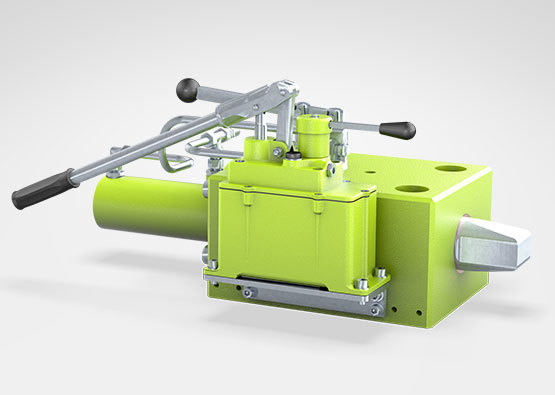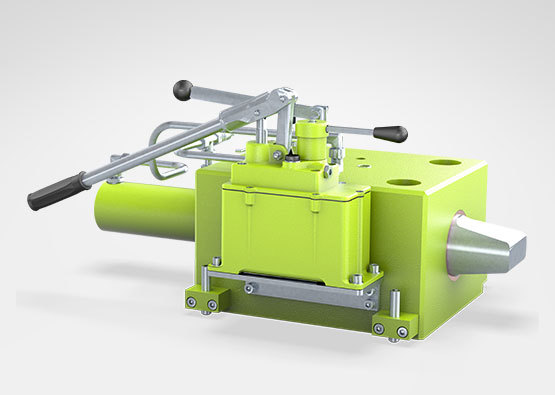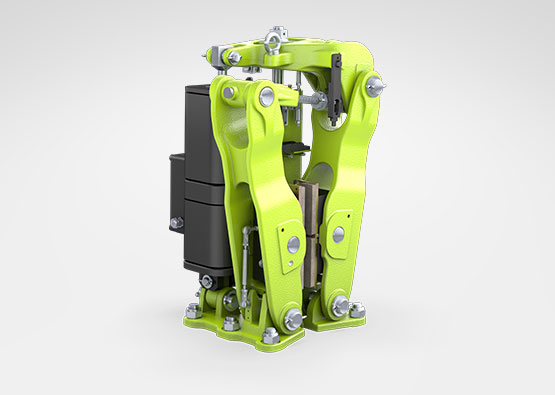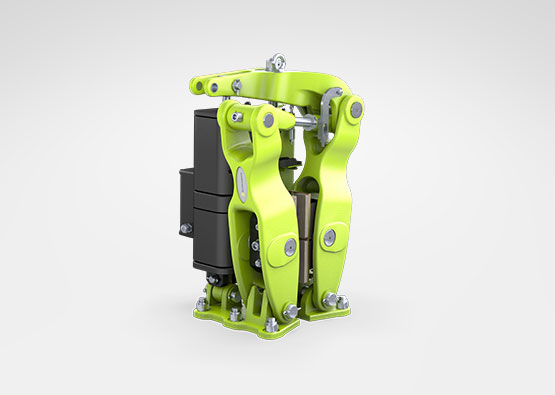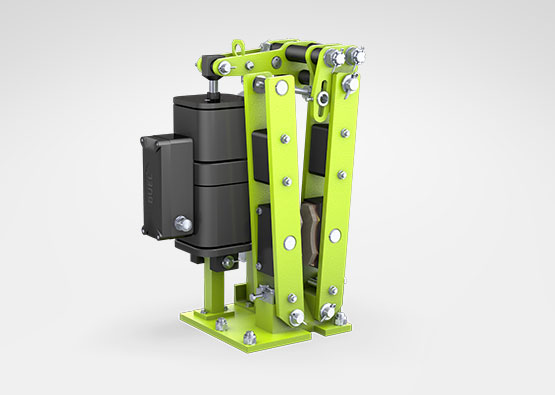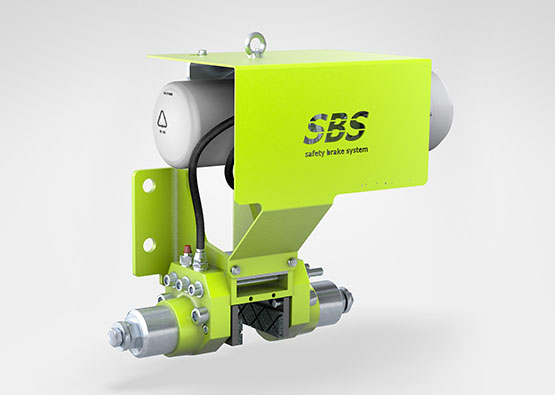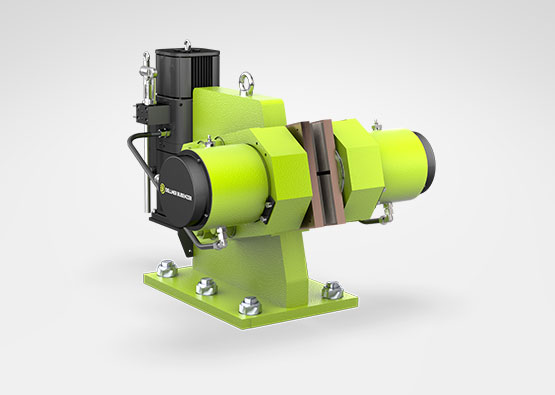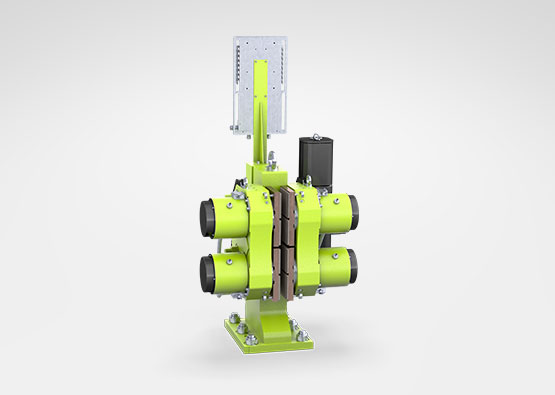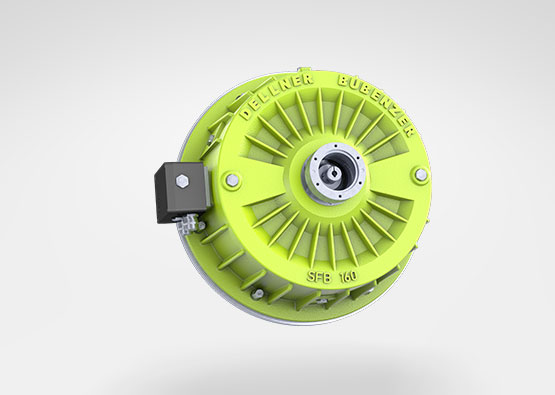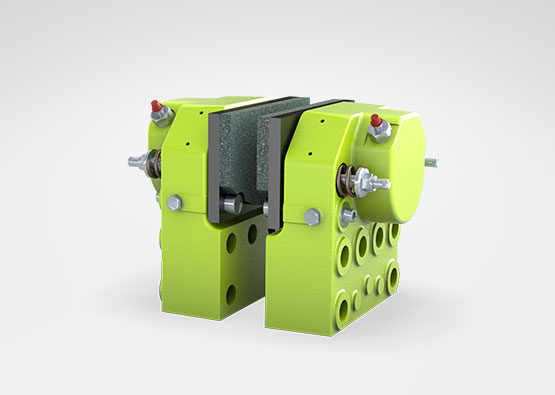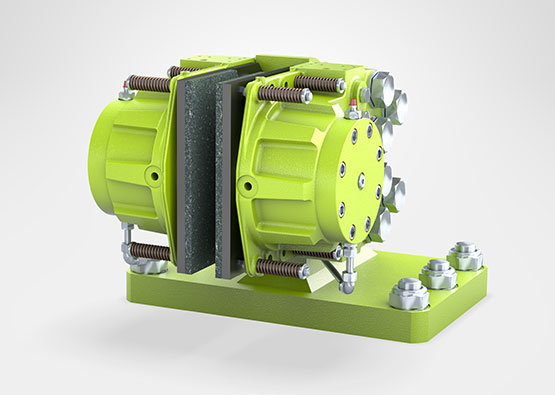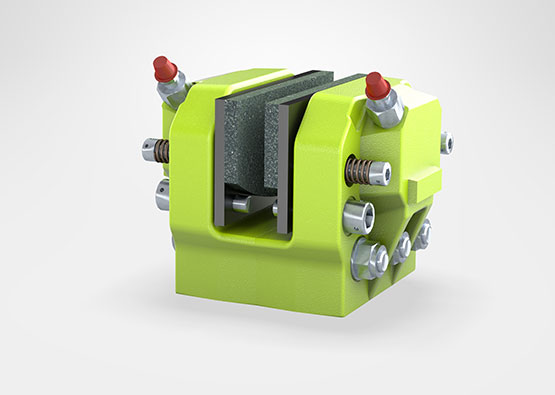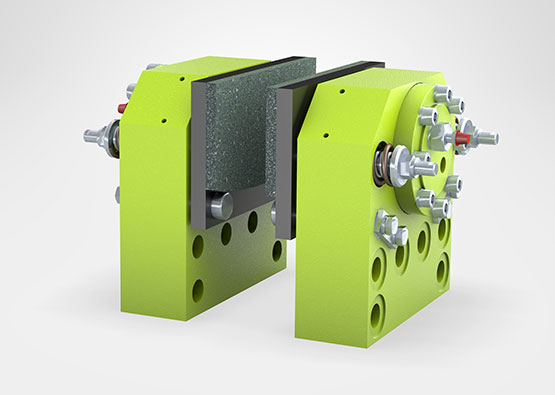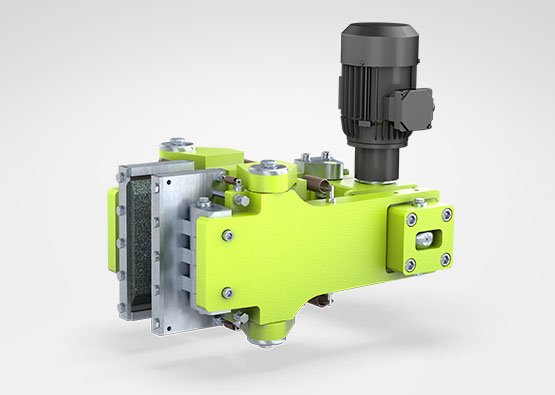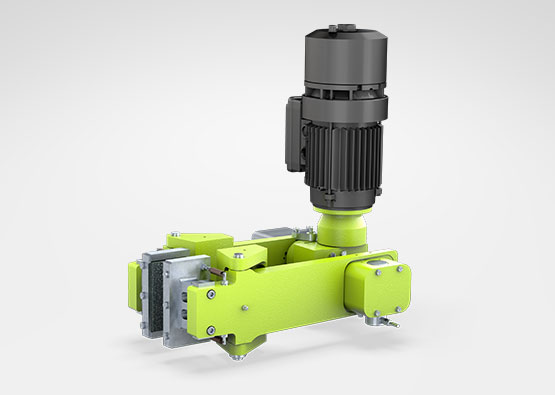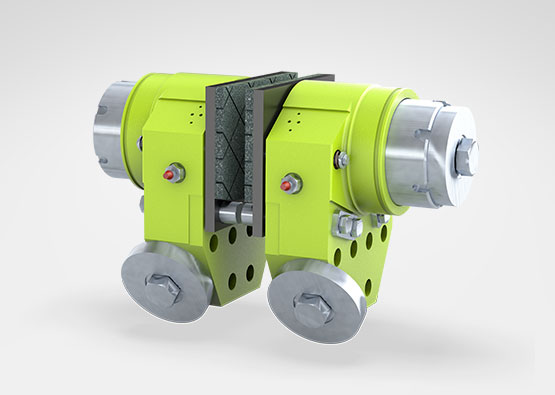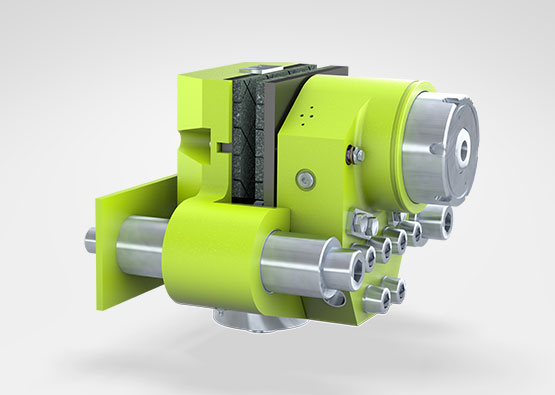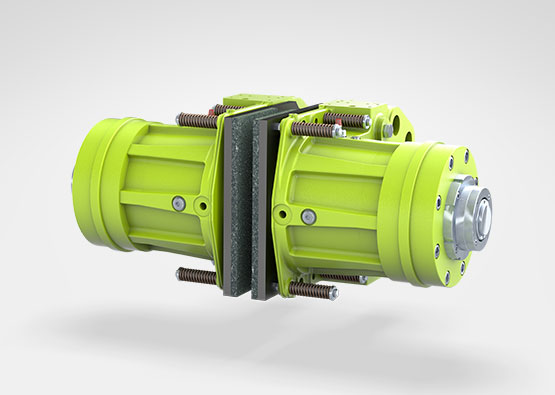LM 70 - 95 Locking Devices
- Locking Force:
- Up to 1 000 kN
Models within LM series (locking devices) are fail safe and used to mechanically lock a rotational or linear application in a controlled position. The locking devices, which come in manual, hydraulic or electric versions, have a specially designed tapered pawl that is inserted into a machined slot on the brake disc or shaft flange and are equipped with proximity switches for on/off detection.
- Specially design tapered pawls which allow engagement and disengagement even with residual forces present
- Massive locking forces which are greater than holding brake
- Robust and easy maintained design with long life cycle
- Electric Operation ( 5 Sizes)
- Hydraulic Operation (5 Sizes)
- Manual Operation ( 5 Sizes)
- Dual switch set up (redundancy)
- Corrosion protection; surface paint layer thickness and shades and, stainless steel components
Additional PRODUCTS
- All
- Caliper / Disc Brakes
- Components & Accessories
- Couplings
- Drum & Band Brakes
- Hydraulic Systems
- Locking Devices
- Monitoring & Control Systems
- Motor Mounted Brakes
- Pneumatic Drum Clutches & Brakes
- Stop Turn Lock Systems
- Storm Brakes (Rail & Wheel Brakes)
- Thruster / BUEL®
- Wind Turbine Components
- WPT Disc Clutches & Brakes
Supported by decades of engineering, evolution, and innovation, the SB 28.5 brake presents significant advantages with an enhanced and compact design, sustainability, and preeminent performance.
The SB 30 is the most powerful service brake in this series. It is dimensioned for large hoists and for BOSS applications. Furthermore, automatic adjustment, self-centering, jaw parallel adjustment are part of the standard equipment.
The SB 8 series covers a large part of the versatile industrial applications. It is often used in hoists where installation space is limited and can be equipped with a wide range of options.
The SBS system consist of a spring applied, hydraulically released SKP model disc brake and the hydraulic brake release pressure is generated from a Hydraulic Power Pack – all incorporated on a bracket. The SBS is typically used on stacker cranes (bolted to crane structure) and the brake is acting directly on the crane travel railhead. The system communicate with the crane control system and can stop the crane wherever in the aisle in an emergency situation.
The high capacity of the SF-series makes them particularly suitable as secondary emergency brakes on hoist gears and on downhill conveyors.
The high capacity of the SF-series makes them particularly suitable as secondary emergency brakes on hoist gears and on downhill conveyor.
For many years a seawaterproof version of the SFB series has been used successfully on winch motors in ship building and as a safety, service or holding brake in wharf crane installations.
DELLNER BUBENZER's model SKD disc brakes are direct acting, hydraulic or air pressure applied, spring released units.
DELLNER BUBENZER's model SKD disc brakes are direct acting, hydraulic or air pressure applied, spring released units.
DELLNER BUBENZER's model SKD disc brakes are direct acting, hydraulic or air pressure applied, spring released units.
DELLNER BUBENZER's model SKD disc brakes are direct acting, hydraulic or air pressure applied, spring released units.
DELLNER BUBENZER's model SKD disc brakes are direct acting, hydraulic or air pressure applied, spring released units.
DELLNER BUBENZER's model SKDe disc brakes are direct acting electric applied, spring released units.
DELLNER BUBENZER's model SKDe disc brakes are direct acting electric applied, spring released units. The braking force achieved is directly proportional to the applied pressure.
The SKP model disc brake is a spring applied, hydraulically released brake which offers a reliable and safe of method of braking linear or rotary motion.
With a single acting (SA) brake, braking force is generated in one half of the brake and the other half slides towards it using a robust, low friction system, enabling self-alignment and making it ideal for small spaces and applications with axial movement.
The SKP model disc brake is a spring applied, hydraulically released brake which offers a reliable and safe of method of braking linear or rotary motion.
The SKP model disc brake is a spring applied, hydraulically released brake which offers a reliable and safe of method of braking linear or rotary motion.

